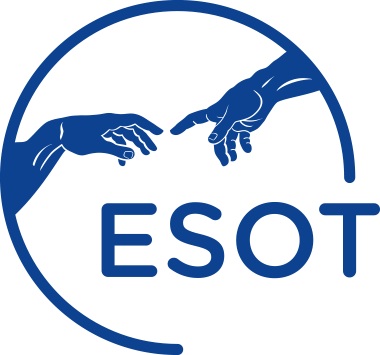- Transplant International. 2022; 35:10320.
- Abstract
- Pubmed Link
In severely ill patients undergoing urgent heart transplant (HTX), immunosuppression carries high risks of infection, malignancy, and death. Low-dose immunosuppressive protocols have higher rejection rates. We combined extracorporeal photopheresis (ECP), an established therapy for acute rejection, with reduced-intensity immunosuppression. Twenty-eight high-risk patients (13 with high risk of infection due to infection at the time of transplant, 7 bridging to transplant via extracorporeal membrane oxygenation, 8 with high risk of malignancy) were treated, without induction therapy. Prophylactic ECP for 6 months (24 procedures) was initiated immediately postoperatively. Immunosuppression consisted of low-dose tacrolimus (8-10 ng/ml, months 1-6; 5-8 ng/ml, >6 months) with delayed start; mycophenolate mofetil (MMF); and low maintenance steroid with delayed start (POD 7) and tapering in the first year. One-year survival was 88.5%. Three patients died from infection (POD 12, 51, 351), and one from recurrence of cancer (POD 400). Incidence of severe infection was 17.9% (n = 5, respiratory tract). Within the first year, antibody-mediated rejection was detected in one patient (3.6%) and acute cellular rejection in four (14.3%). ECP with reduced-intensity immunosuppression is safe and effective in avoiding allograft rejection in HTX recipients with risk of severe infection or cancer recurrence. Copyright © 2022 Gokler, Aliabadi-Zuckermann, Zuckermann, Osorio, Knobler, Moayedifar, Angleitner, Leitner, Laufer and Worel.
BACKGROUND:
There is no standard definition for “HLA incompatible” transplants. For the first time, we systematically assessed how HLA incompatibility was defined in contemporary peer-reviewed publications and its prognostic implication to transplant outcomes.
METHODS:
We combined 2 independent searches of MEDLINE, EMBASE, and the Cochrane Library from 2015 to 2019. Content-expert reviewers screened for original research on outcomes of HLA-incompatible transplants (defined as allele or molecular mismatch and solid-phase or cell-based assays). We ascertained the completeness of reporting on a predefined set of variables assessing HLA incompatibility, therapies, and outcomes. Given significant heterogeneity, we conducted narrative synthesis and assessed risk of bias in studies examining the association between death-censored graft failure and HLA incompatibility.
RESULTS:
Of 6656 screened articles, 163 evaluated transplant outcomes by HLA incompatibility. Most articles reported on cytotoxic/flow T-cell crossmatches (n = 98). Molecular genotypes were reported for selected loci at the allele-group level. Sixteen articles reported on epitope compatibility. Pretransplant donor-specific HLA antibodies were often considered (n = 143); yet there was heterogeneity in sample handling, assay procedure, and incomplete reporting on donor-specific HLA antibodies assignment. Induction (n = 129) and maintenance immunosuppression (n = 140) were frequently mentioned but less so rejection treatment (n = 72) and desensitization (n = 70). Studies assessing death-censored graft failure risk by HLA incompatibility were vulnerable to bias in the participant, predictor, and analysis domains.
CONCLUSIONS:
Optimization of transplant outcomes and personalized care depends on accurate HLA compatibility assessment. Reporting on a standard set of variables will help assess generalizability of research, allow knowledge synthesis, and facilitate international collaboration in clinical trials.


